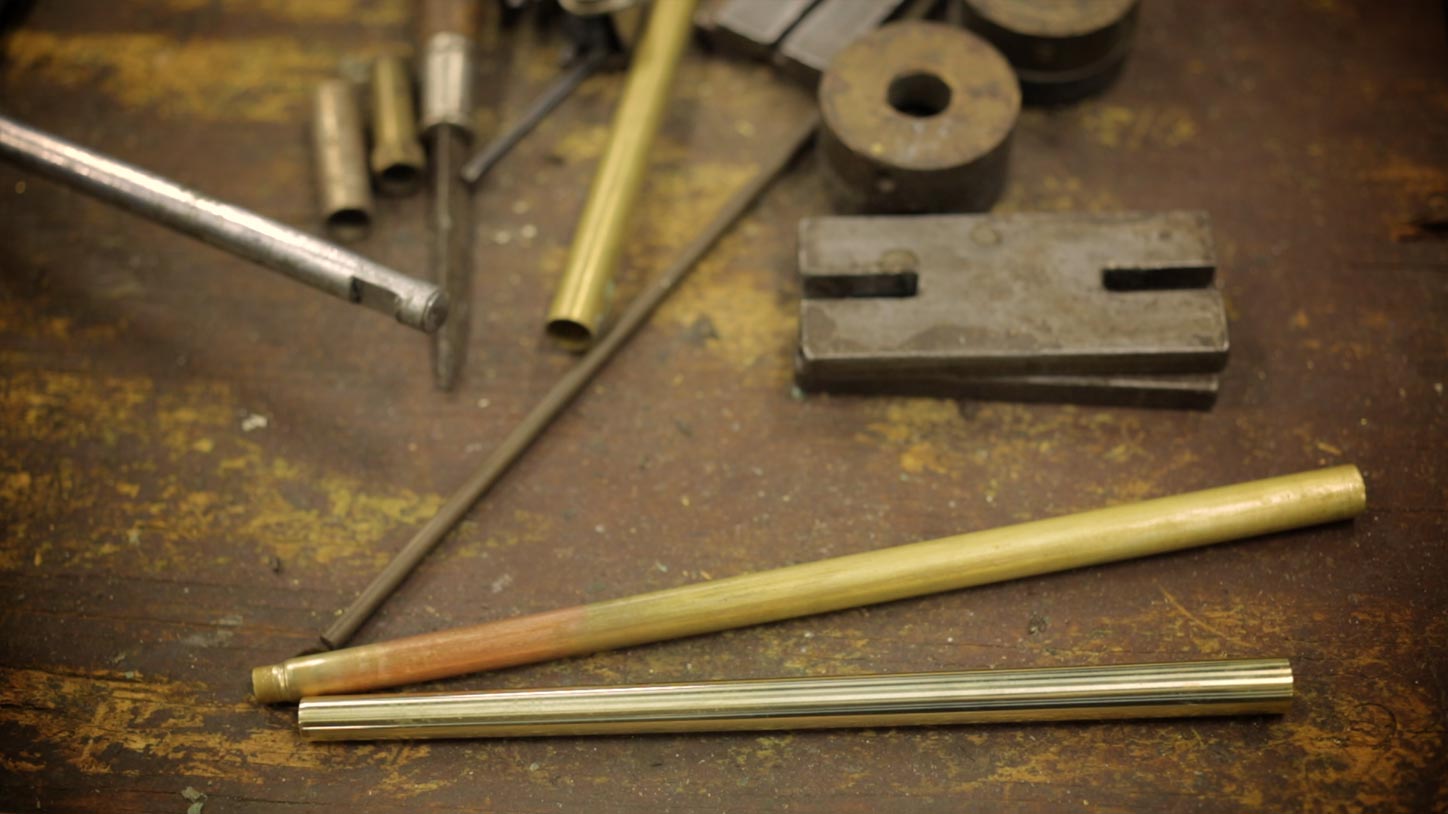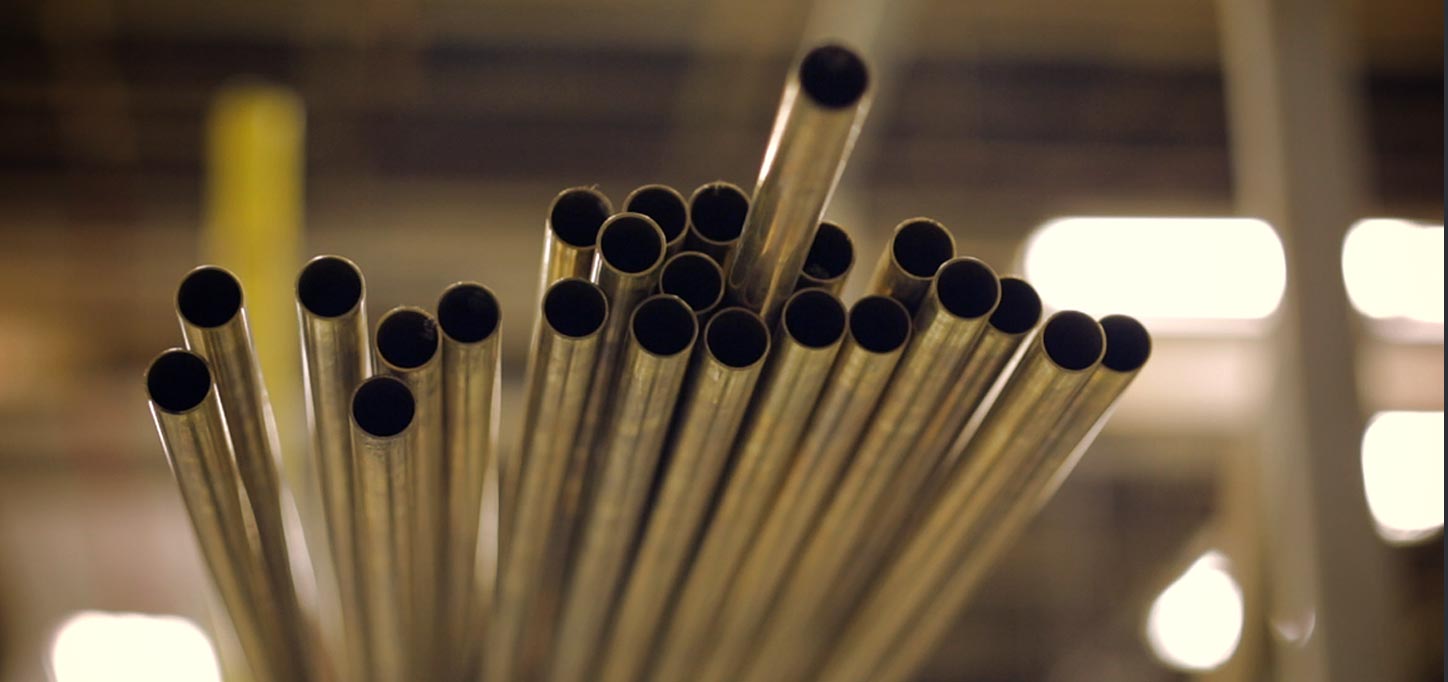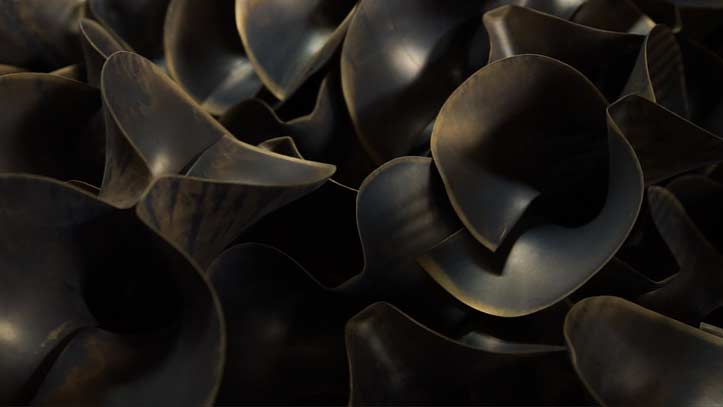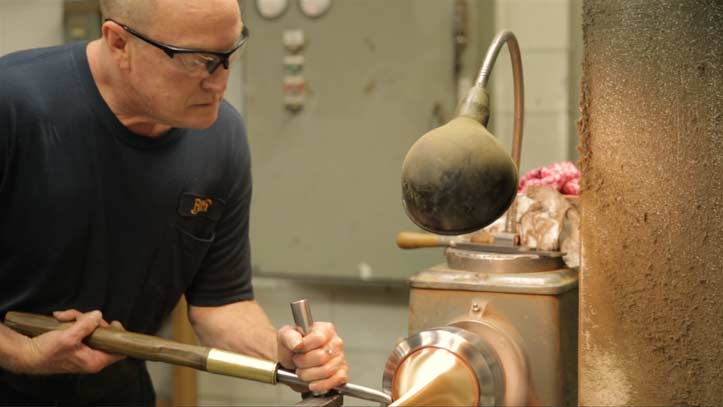Bach Trumpet Manufacturing Tour
It all starts with a single piece of brass...
Good Vibrations
How do you play a trumpet? It looks easy: Just blow into the mouthpiece, and notes come out the other end. Actually, playing a trumpet is a bit more complicated, but also amazing and cool — kind of like crafting the instrument itself.
Trumpets are among the oldest musical instruments on earth. Early trumpets were made from an animals' horns, which is still used as a word for brass instruments today.
A ram's horn and a modern trumpet operate on the same simple principle. Blowing or buzzing through a hollow tube creates a moving column of air — a standing wave. The tone and quality of the resulting sound depend on the length and shape of that vibrating wave.
American-made Excellence
The history of Bach trumpets starts with mouthpieces, too. A century ago, trumpet player Vincent Bach needed to replace a ruined mouthpiece and began experimenting with designs and manufacturing processes. His mouthpieces, and later his trumpets, set the standard for excellence.
We continue to experiment. In the Bach plant today, crafting a mouthpiece begins with a computer-numeric-controlled machine that shapes and cuts solid brass bars. We program the machine so that each step is precise within one ten-thousandth of an inch. That's precision manufacturing.
Drawing Brass
We cut brass tubing into shorter lengths that we take to our draw benches. "Drawing brass" doesn't mean sketching a picture of it. It means inserting a hardened steel rod called a mandrel inside the length of tubing and pulling, or drawing, the rod and tubing together through a steel ring. This fashions the tubing to exacting dimensions. Drawing is a crucial step in making a trumpet, because it determines the blowing characteristics of the instrument. Very small differences can make a big difference in sound.
Bore Sizes Are Anything But Boring
One of the differences is in the bore size, or the width of the inside of the brass tube, the "inside diameter." We make our B♭ trumpets in five different bore sizes. Our medium-large bore size is .459 inches. A large bore size is .462. That's three-thousandths of an inch, or the width of a single human hair!
Bore size is directly related to the science of sound. In the wave shape created inside the leadpipe, changes as small as the width of that single human hair can affect air flow, resistance, and, ultimately, tone.
A Single Piece of Brass Creates Our Signature Sound
Jazz composer Duke Ellington named one of his classic tunes, "Ring 'Dem Bells," as a kind of musical pun, playing off both the "hot chimes" of his band's percussion section and the pealing "wa-wa" of its horns. Like Ellington, we know that a trumpet bell can "ring." In fact, the unique sound of Bach trumpets comes in large part from their bells — and that starts with how they're formed.
Making the Bell
The bell on a Bach Stradivarius trumpet is made from a single piece of brass. We put a flat, rolled piece of brass in a hydroform machine to start giving it the classic bell shape. This important one-piece construction allows the bell to vibrate without restriction. This tempering process, also known as annealing, is part of the Bach "secret recipe." Some manufacturers don't anneal at all. Some anneal only once. We do much more than that. But we can't tell you how many times, how long, or at what temperatures: That's part of our "secret."
Spinning and Tapering
After annealing, we shape the bell around a solid steel mandrel. The bell-spinning process forces the brass into the shape of the mandrel.
The shape of the flare determines the character of the trumpet's sound. Some Bach bells taper "fast" — that is, they become wider right away. These bells produce a dark, mellow sound. Other bells taper "slow," widening gradually, and give a brighter sound.
Adding the Ring
We scribe the end of the bell, trimming off any excess metal, and pull back the brass around the outside edge. The rim appears finished, but we don't stop there. Adding a wire ring to the inside of the rim helps the bell maintain its shape. Going one step further, we force solder into the rim, increasing the bell's responsiveness.
The Sound of Music
Attention to details like these has a dramatic impact on how the bell resonates. It's all part of what creates the distinctive sound of a Bach instrument. It rings in all kinds of music, from jazz to mariachi to classical to patriotic marches — and has been doing so for close to a century.
For more information, please visit our Conn-Selmer dealer locator page to find a local dealer or contact our Conn-Selmer customer service team to help with purchasing.
- Legendary
- People.
- Legendary
- Brands.




